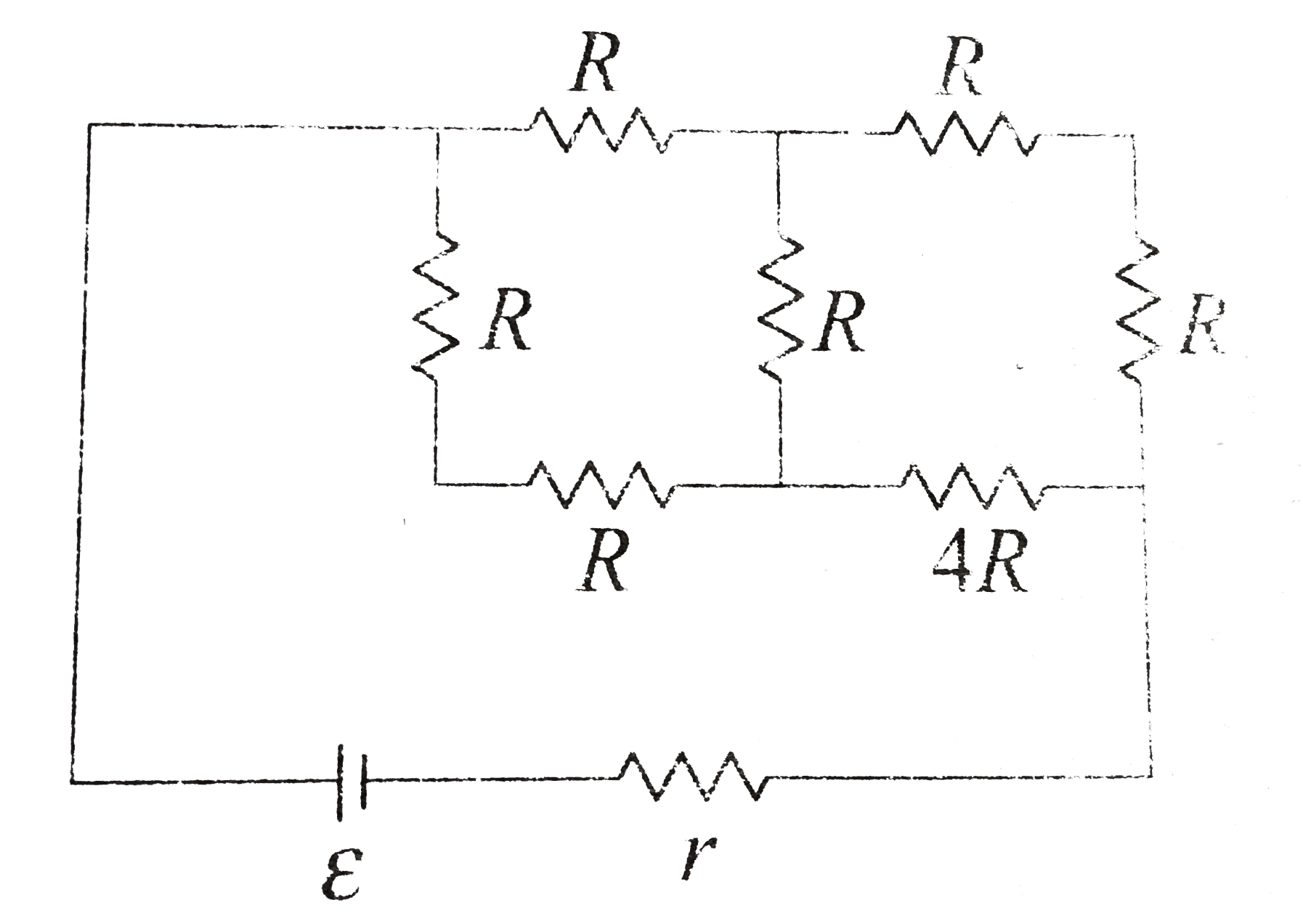For a given voltage V, if resistance is changed from R to (Rn) power consumed changes from P to
np
Pn
n2p
Pn2
The correct Answer is:A
To solve the problem, we need to determine how the power consumed changes when the resistance is altered from R to Rn while keeping the voltage V constant.
1. Understand the Power Formula:
The power P consumed in an electrical circuit can be expressed using the formula:
P=V2R
where V is the voltage and R is the resistance.
2. Calculate Initial Power:
For the initial resistance R, the power P1 can be calculated as:
P1=V2R
3. Calculate New Power with Changed Resistance:
When the resistance is changed to Rn, the new power P2 can be calculated as:
P2=V2Rn=V2⋅nR
4. Relate the New Power to the Initial Power:
We can express P2 in terms of P1:
P2=n⋅V2R=n⋅P1
Since P1=V2R, substituting gives:
P2=n⋅P1
5. Final Result:
Therefore, if the resistance is changed from R to Rn, the power consumed changes from P to nP.
Conclusion:
The power consumed changes from P to nP.
---
The power P consumed in an electrical circuit can be expressed using the formula:
P=V2R
where V is the voltage and R is the resistance.
For the initial resistance R, the power P1 can be calculated as:
P1=V2R
When the resistance is changed to Rn, the new power P2 can be calculated as:
P2=V2Rn=V2⋅nR
We can express P2 in terms of P1:
P2=n⋅V2R=n⋅P1
Since P1=V2R, substituting gives:
P2=n⋅P1
Therefore, if the resistance is changed from R to Rn, the power consumed changes from P to nP.
The power consumed changes from P to nP.
Topper's Solved these Questions
- BOOK - MCGROW HILL PUBLICATIONCHAPTER - MISCELLANEOUS QUESTIONSEXERCISE - PART-B99videos
MISCELLANEOUS QUESTIONS
- BOOK - MCGROW HILL PUBLICATIONCHAPTER - MEASUREMENTEXERCISE - ELEMENTARY QUESTIONS (HIGHER ORDER THINKING QUESTIONS)13videos
MEASUREMENT
- BOOK - MCGROW HILL PUBLICATIONCHAPTER - MOTIONEXERCISE - HIGHER ORDER THINKING QUESTIONS48videos
MOTION
Similar Questions
When the forwward bias voltage of a diode is changed from 0.6 V to 0.7 V the current changes from 5 mA to 15 mA. Then its forward bias resistance is
View SolutionWhen the plate voltage applied to a diode value is changed from 40V to 42V, the plate current increases from 50mA→60mA. Calculate the dynamic plate resistance at the operating condition.
View Solution
Knowledge Check
- Question 1 - Select One
When the forwward bias voltage of a diode is changed from 0.6 V to 0.7 V the current changes from 5 mA to 15 mA. Then its forward bias resistance is
A0.01ΩB0.1ΩC10ΩD100Ω - Question 2 - Select One
The plate voltage of a triode is increased from 225 V to 250 V, the grid voltage is changed from 4 to −4.7V to maintain plate current constant. The amplification factor of the tube is
A35.7B2C70D20 - Question 3 - Select One
If the forward voltage in a semiconductor diode is changed from 0.5V to 0.7 V, then the forward current changes by 1.0 mA. The forward resistance of diode junction will be
A100ΩB120ΩC200ΩD240Ω
A battery of ε and internal resistance r is used in a circuit with a variable external resistance R. Find the value of R for which the power consumed in R is maximum.
View SolutionIf the forward bias voltage of a p-n junction diode is changed form 0.7 V to 2.2 V, the forward current changes by 1.5 mA , then the depletion layer is
View SolutionThe relation between R and r (internal resistance of the battery) for which the power consumed in the external part of the circuit is maximum.
 View Solution
View SolutionStatement I : The temperature dependence of resistance is usally given as R=R0(1+αΔt). The resistance is of a wire changes from 100Ω to 150Ω when its temperature is increased from 27∘C to 227∘C. This implies that α=2.5×10−3/∘C.
Statement II : R=Ri(1+αΔT) is valid only when the change in the temperature ΔT is small and ΔR=(R−R0)<<R0View SolutionStatement I: When an external resistor of resistance R (connected across a cell to internal resistance r ) is varied, power consumed by resistance R is maximum when R = r.
Statement II: Power consumed by a resistor of constant resistance R is maximum when current through it is maximum.View Solution

